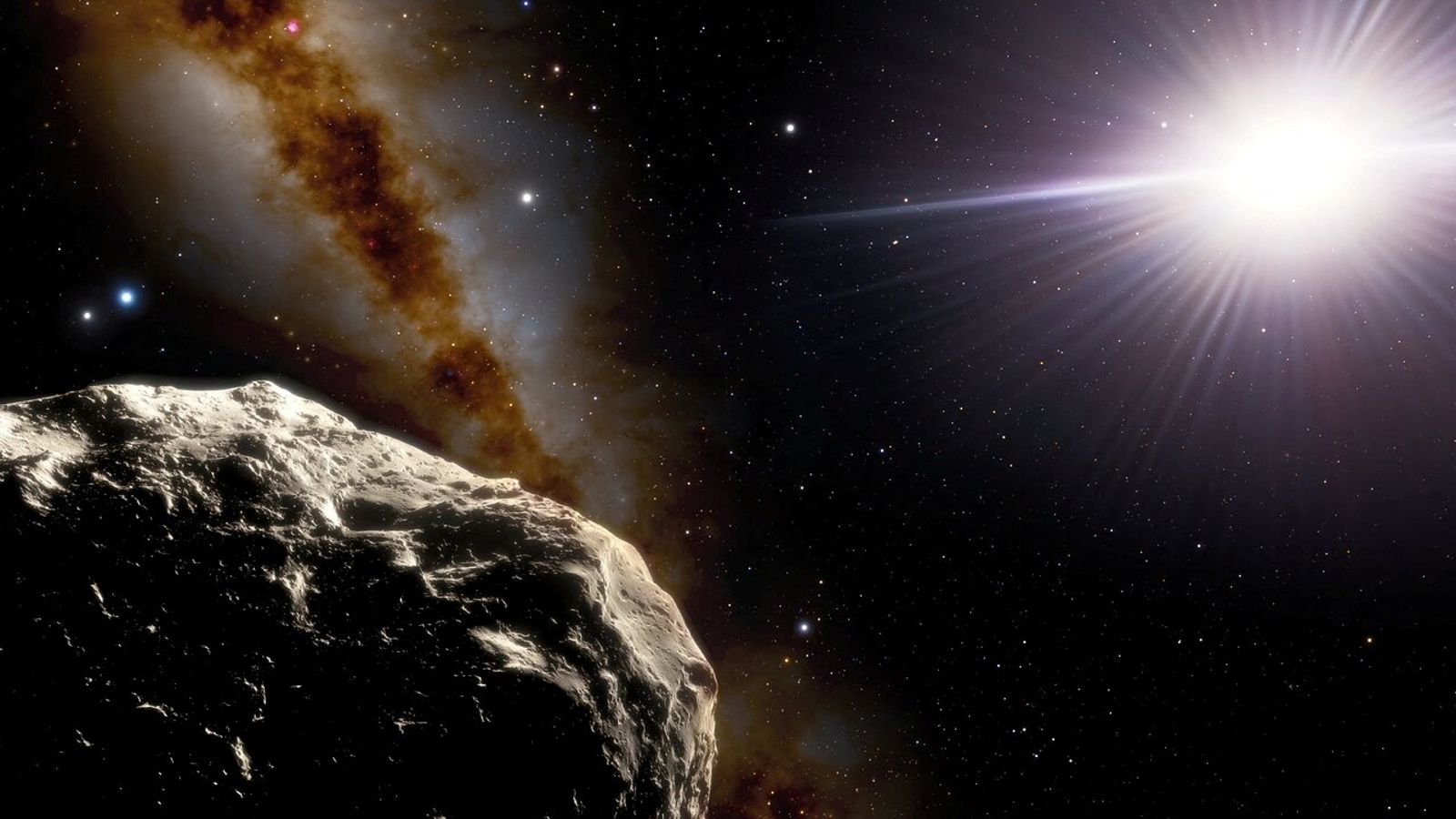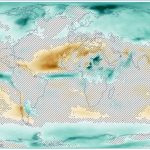An asteroid discovered riding in Earth’s orbit could remain with us for 4,000 years without posing any danger, scientists have said.
The asteroid – named 2020 XL5 – was spotted two years ago and is one of only two “Trojan asteroids” travelling as a companion with Earth.
Trojan asteroids are captured by the planetary gravitational grip and then orbit the sun along the same path as that planet.
This one appears to be a wanderer in the solar system but they can also be material left over from the formation of their home planet.
Researchers have been examining 2020 XL5 using telescopes in Chile, Arizona, and the Canary Islands.
They found that the asteroid is about three-quarters of a mile wide and looks to be dark in colour, containing a lot of carbon, rocks and minerals.
Its location varies between 56 million miles and 168 million miles from Earth, and it occupies one of five Lagrange points – positions in space where objects tend to stay put.
Remotely heated, magnetically-guided hot seeds could be used to burn out brain tumours
Facebook, Google and Twitter should pay compensation to people scammed on their sites, MPs suggest
Ending animal agriculture and planting trees on empty fields is ‘best chance’ to slow climate change, scientists say
The findings are published in the journal Nature Communications.
“No threat to Earth”
Telescope scientist and study co-author Cesar Briceno of the US National Science Foundation’s NOIRLab, said: “2020 XL5 poses no threat to Earth.
“We expect it will remain in its current stable orbit for at least the next 4,000 years.”
2020 XL5 may have been captured by Earth’s gravitational pull between 500 to 1,000 years ago, according to the study’s lead author, planetary scientist Toni Santana-Ros of the University of Alicante and the University of Barcelona’s Institute of Cosmos Sciences in Spain.
“There are almost certainly many more Earth Trojans waiting to be discovered”
In a Q&A session with the European Space Agency, Santana-Ros said: “We’ve identified almost 10 000 Jupiter Trojans, and a few dozen at Venus, Mars, Uranus, and Neptune combined. But it wasn’t until 2011 that the first, and until now, only, Earth Trojan was discovered: 2010 TK7.
“This second discovery – 2020 XL5 – takes our total up to two, but there are almost certainly many more Earth Trojans out there just waiting to be discovered.”
He added: “Asteroids are time capsules from the earliest days of our solar system and can teach us lots about the era of planetary formation.
“Earth Trojans are particularly interesting, as they could be leftover material from the formation of Earth. Even if they come from far away instead, their relatively stable orbits at Earth’s Lagrange points could still make them ideal destinations for a spacecraft mission.”






















